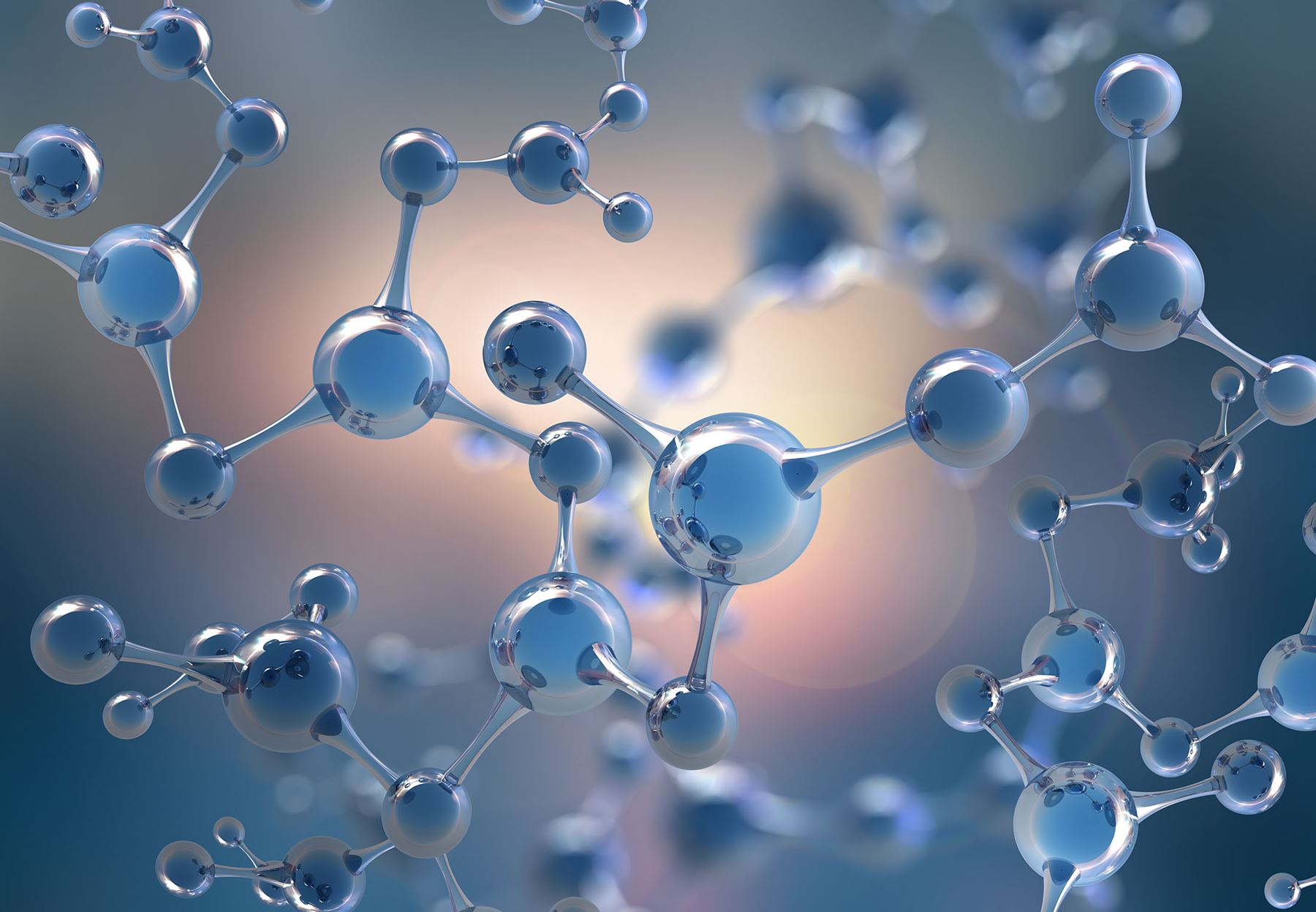Approach to chemical substances
All products in the world are made of chemicals, and the chemicals can be of both natural or synthetic origin. Today the planetary boundaries for chemical pollution have been exceeded to such an extent that it threatens the stability of our health and ecosystems.

Chemical production has increased 50-fold since 1950, and a tripling of this is expected over the next 30 years. Today we have around 350,000 chemicals on the market and it is difficult for authorities to update legislation fast enough, as new chemicals are being developed outside the Safe Operating Space of the Planetary Boundary for Novel Entities (January 2022). In addition to the large number of chemicals, the cocktail effect also has to be considered and this makes it even more difficult to identify all consequences.
This calls for a very cautious approach to the use of chemicals that are harmful for the environment and for the health. The overall chemical consumption has to be minimized as much as possible, and the focus has to be on manufacturing products that are efficient and durable, and properties that are important for circular economy and reduced climate impact.
How does the Nordic Swan Ecolabel contribute?
Requirements for the Nordic Swan Ecolabel promote substitution of hazardous substances by excluding or restricting them ahead of legislation and to a wider extent than the legislation requires. The requirements are developed from a life-cycle approach and based on EU legislation and the Precautionary Principle. This means that Nordic Ecolabelling exclude or limit both ingoing substances that are proven to be harmful and those that are suspected to be harmful, even though they are not yet classified or on an authority-regulated list. This could be the example of substances that are self-classified by some manufacturers or where new research shows problematic properties. Often it takes a very long time before such results are confirmed and the substance end up with a harmonized classification.
- Holistic approach: The Nordic Swan Ecolabel aims for excluding all substances that are (or are suspected of being) harmful to the environment or to health. Though to ensure that the overall environmental impact is reduced as much as possible the whole life cycle and other environmental aspects must also be considered. Hence it is not enough only to look at the intrinsic hazard of a substance but also assess the risk of the context where it is used and how alternative solutions affect the overall environmental performance of the product. This means that in some cases the Nordic Swan Ecolabel accepts smaller amounts of unwanted substances if, in the long run, a benefit for the environment and health can still be achieved or if completely excluding a substance would lead to an environmental burden shift, for instance a significantly decreased in efficiency or durability.
- Strict limit values: The limit for excluded ingoing substances and the allowed content of impurities are generally very strict in relation to the legislation and also in relation to other labeling schemes. The limit for excluded ingoing substances is 0 ppm, with a limit of 100 or 1000 ppm for impurities (10 ppm for leave-on cosmetics). For some product groups this is supplemented by an impurity limit of 10,000 ppm for the raw materials (1000 ppm for cosmetic raw materials). In most product groups, there are also specific and often stricter limits for known impurities.
Definitions of ingoing substances and impurities
- Ingoing substances: All substances in the product regardless of amount, including additives (e.g., preservatives and stabilizers) in the raw materials. Substances known to be released from ingoing substances (e.g., formaldehyde, arylamine, in situ-generated preservatives) are also regarded as ingoing substances.
- Impurities: Residuals, pollutants, contaminants etc. from production, incl. production of raw materials, that remain in the products in concentrations less than 100 ppm or 1000 ppm, depending on the product group.
Environmental background
For further information regarding the harmfulness of chemicals, please see Chemicals harmful to the environment and Chemicals harmful to health.